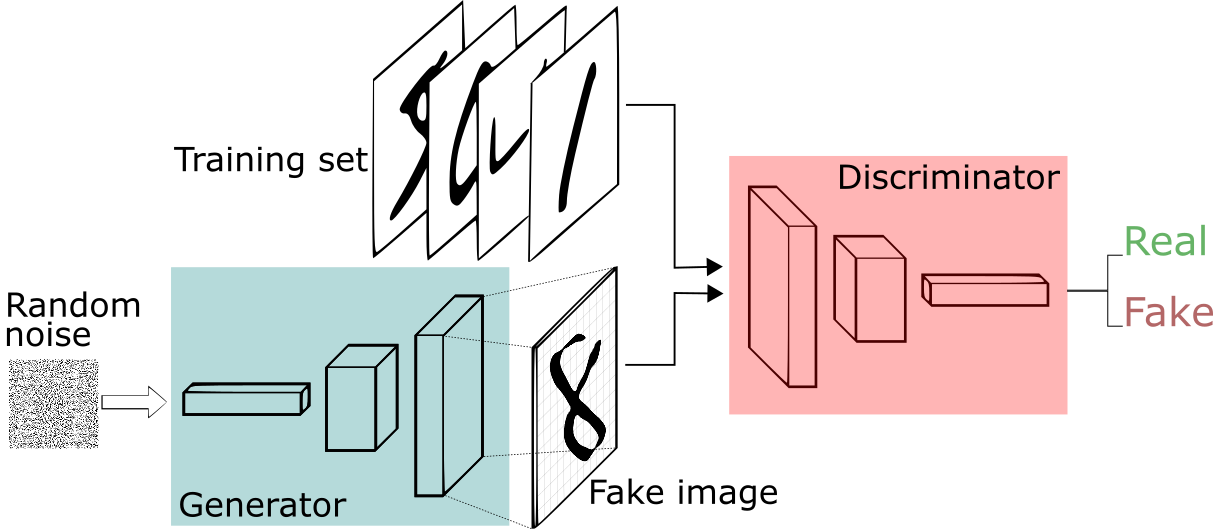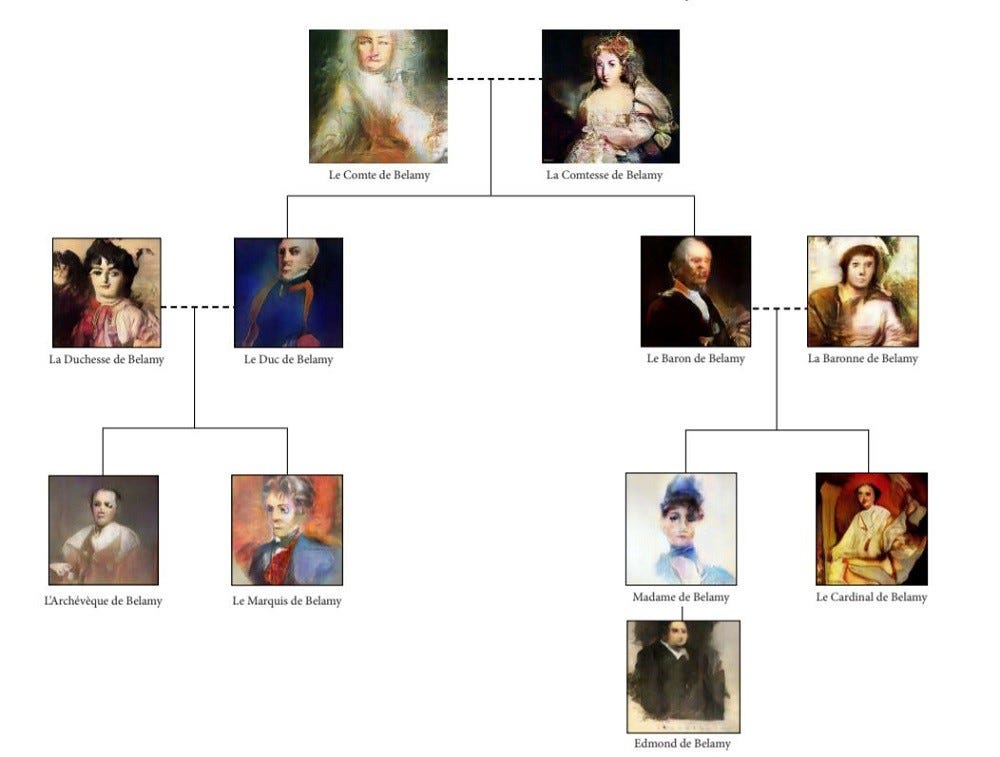Just a short break in the discussions of digital colour.

The image was produced by an AI (artificial intelligent) under a Paris-based collective of artists, calling themselves Obvious. Their object was pretty simple “Can an algorithm be creative?”. The their approach has been to carefully select a dataset of 15,000 portraits (this is a very manual step by the way) done between the 14th and 20th centuries, which showed a number  of characteristics they where interested in and used this to train their AI (presumably a neural network). Next they applied a GAN (Generative Adversarial Network) whereby two algorithms compete to find and acceptable outcome. They called there algorithm the generator (which took an input of random noise and using the trained network created a “fake” portrait which the Discriminator would then rate are a real or fake outcome from the combined trained results, In simple terms the generated portrait was accepted if the discriminator was tricked that it was actually the features expected (from the training set). This stakes a lot of data processing and their images where small. So they added and additional step where they upscaled the image (again algorithmically) to imply a higher definition outcome.
of characteristics they where interested in and used this to train their AI (presumably a neural network). Next they applied a GAN (Generative Adversarial Network) whereby two algorithms compete to find and acceptable outcome. They called there algorithm the generator (which took an input of random noise and using the trained network created a “fake” portrait which the Discriminator would then rate are a real or fake outcome from the combined trained results, In simple terms the generated portrait was accepted if the discriminator was tricked that it was actually the features expected (from the training set). This stakes a lot of data processing and their images where small. So they added and additional step where they upscaled the image (again algorithmically) to imply a higher definition outcome.
In a fitting testament to the method the collective have signed the portrait with the mathematical formula of their discriminator.
If you want you learn more I suggest you start at the articles on medium at the bottom of the Obvious web site. You will also find other portaits obvious have produced of other members of the fictious Belamy family.

They name Belamy being a light hearted acknowledgement of Ian Goodfellow one of the originators of the DAG approach (ie Good fellow loosely in french Bel Amie)
No comments:
Post a Comment